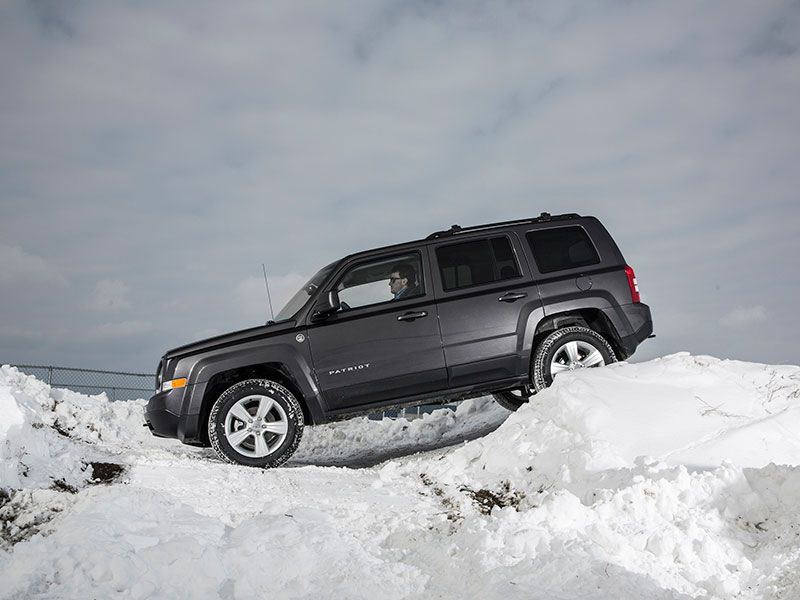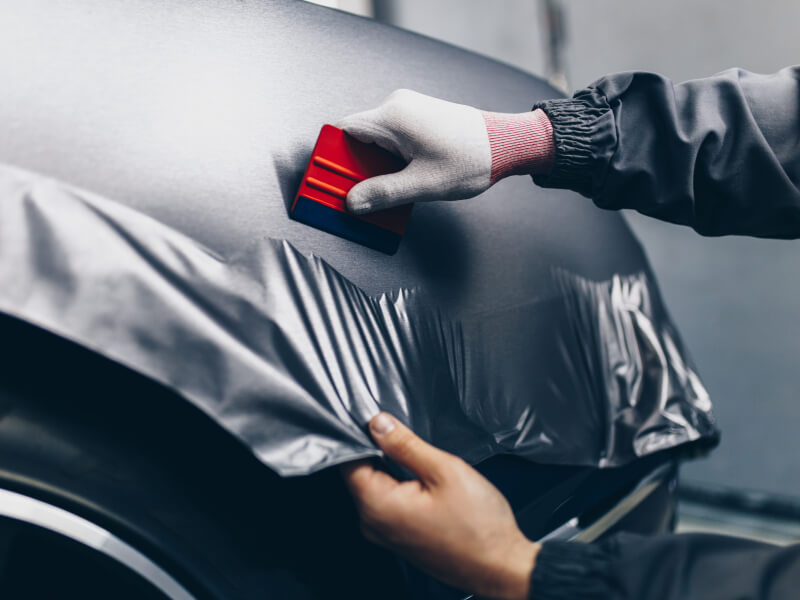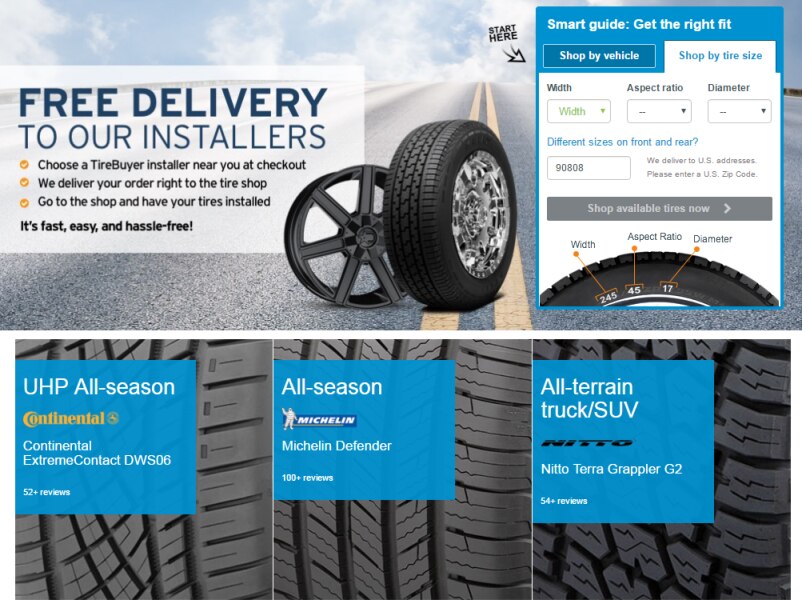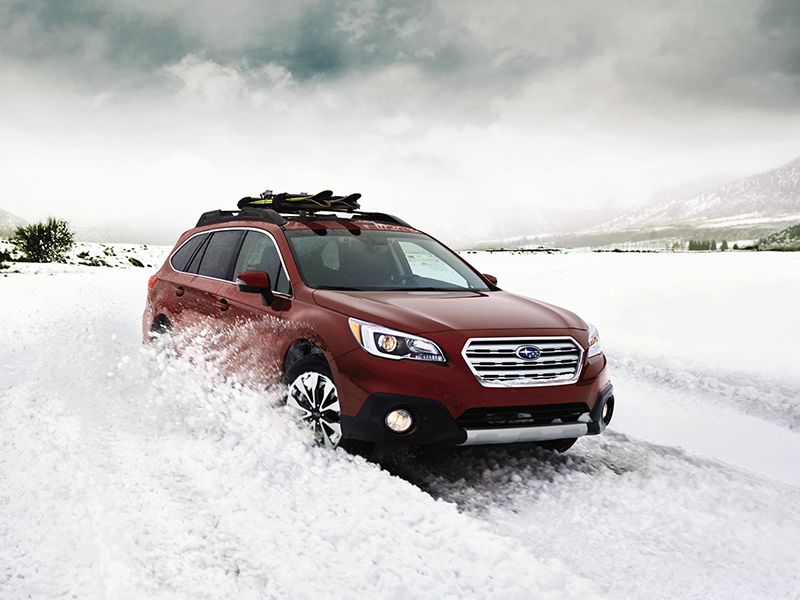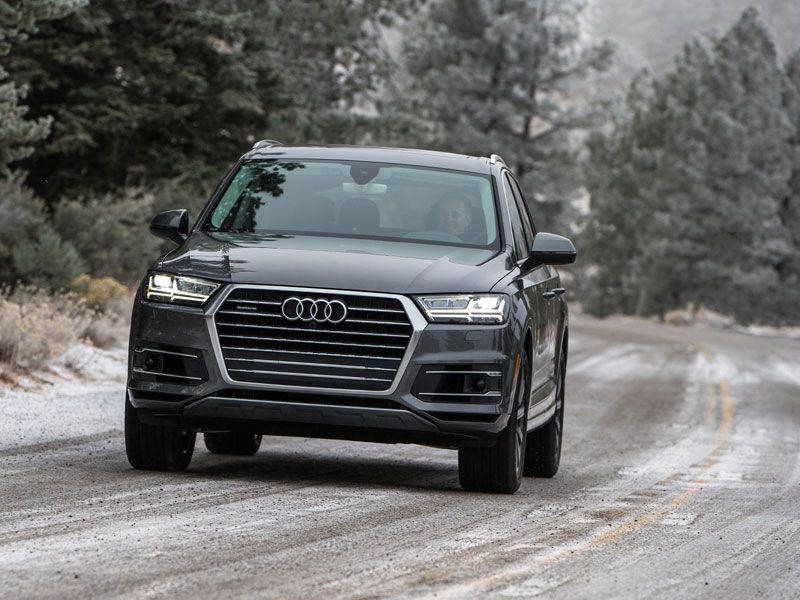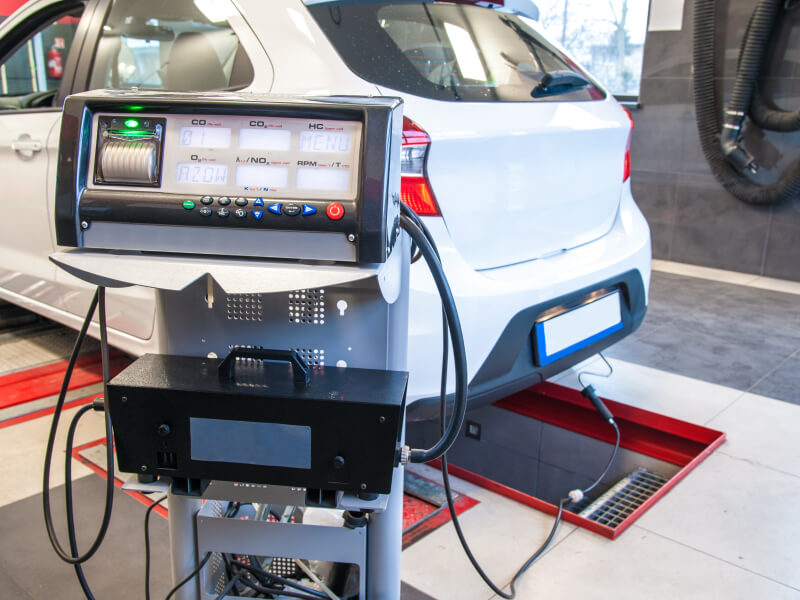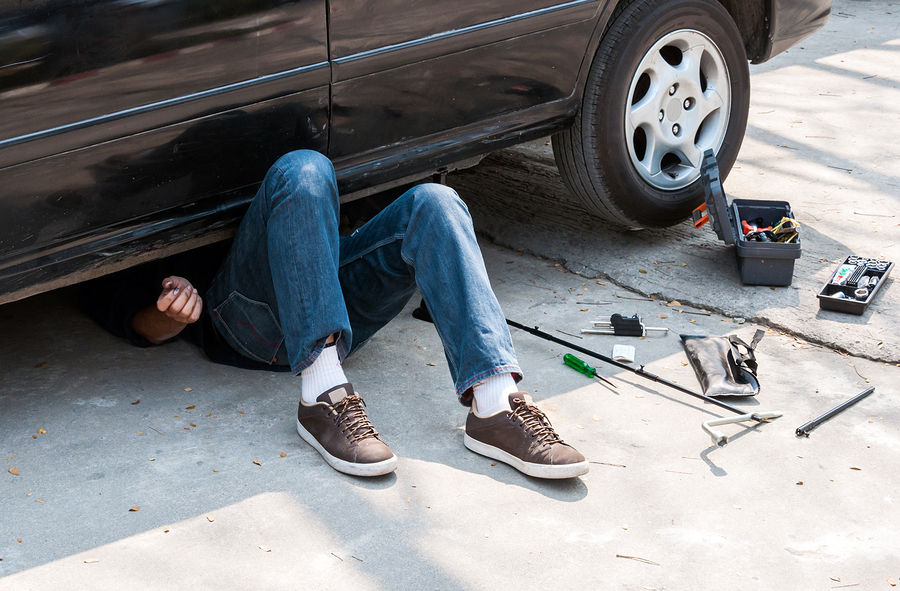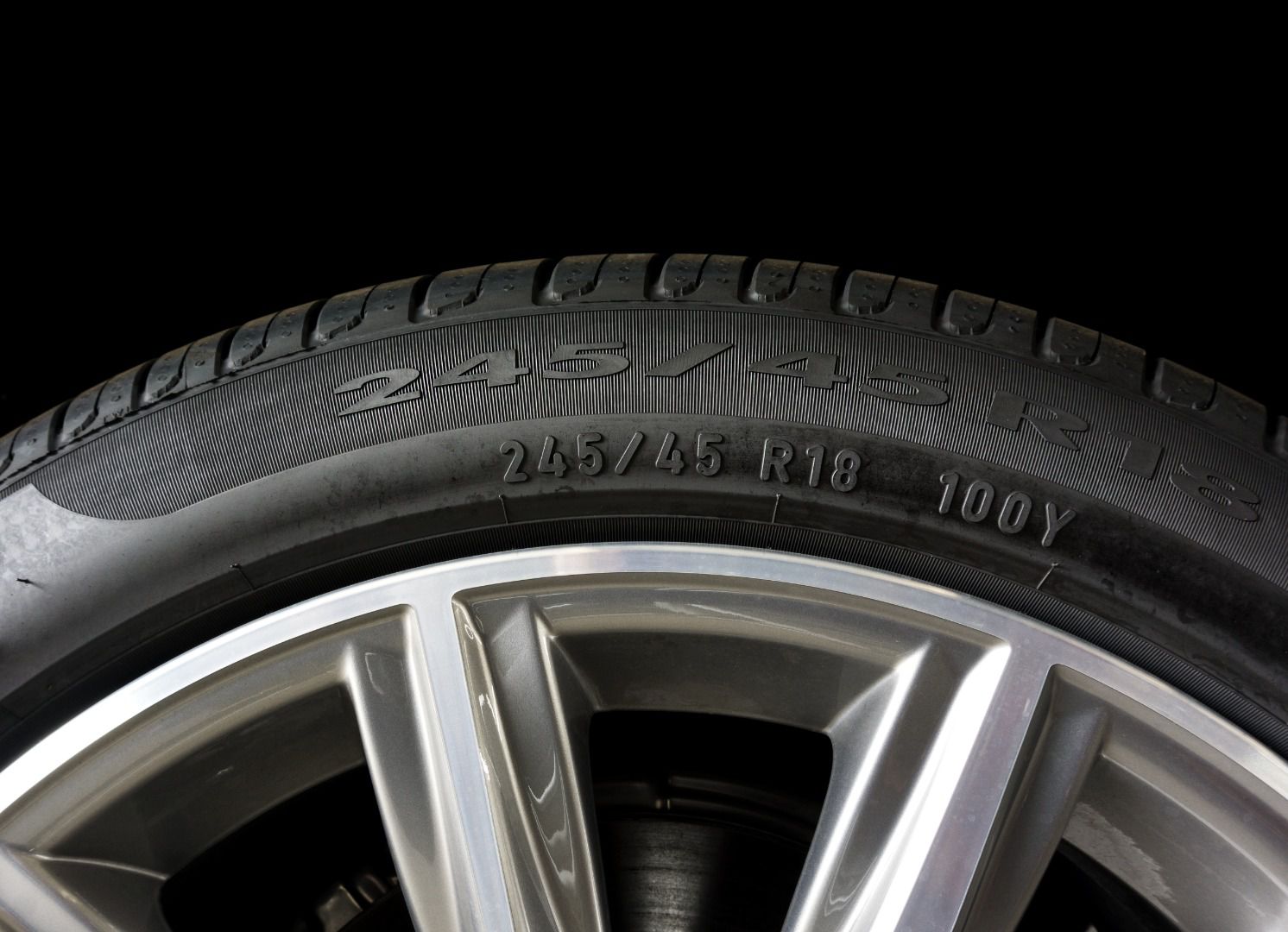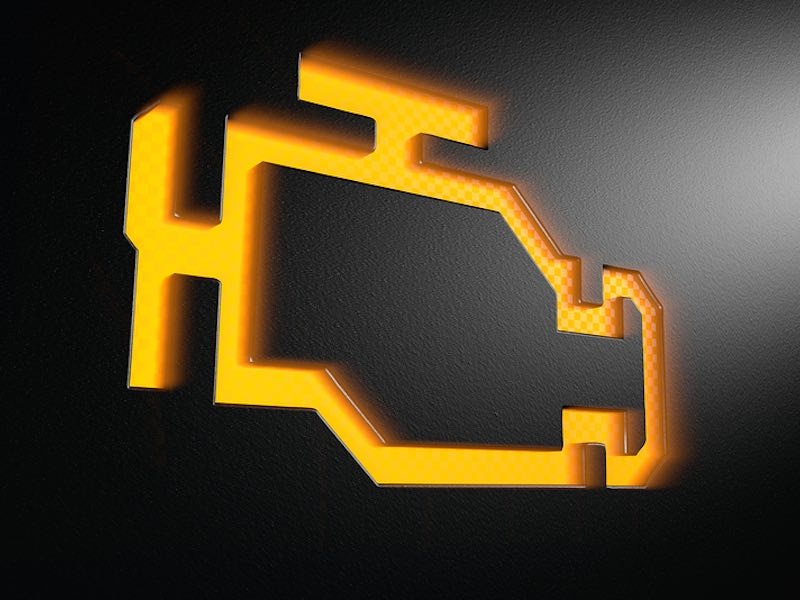How to Winterize Your Car
Winterizing your car is an annual rite of passage for just about every driver living in a colder climate. As the arctic winds creep down from the north, sub-freezing temperatures, ice, and deteriorating road conditions combine to create hazardous driving conditions. And unless you have prepared your car properly, you may find yourself - quite literally - stuck out in the cold.
Check Your Tire's Tread Depth
Take note, even though 2/32” tread depth is considered the minimum in normal driving conditions, you will need substantially more than this during the winter. For snowy or icy roads, at a minimum, each tire should have a 6/32” deep tread (most new tires start with a 10/32”deep tread). An easy way to check your tread depth is to use the penny test. Place the penny (headfirst) into several of the treads on your tire. If any part of Lincoln's head is covered by the tread, your tire has more than 2/32" of tread. Now flip the penny over – If the top of Lincoln Memorial (the bottom of the memorial should be facing away from the tire) is covered, you have at least 6/32” of tread.
Maintain Your Battery
Your car’s battery can be tricky – Even though it may have performed great all summer, don’t be surprised it if ends up letting you down when the weather turns cold. This is because colder temperatures can reduce your battery’s power by up to fifty percent. A good rule of thumb for batteries over three years of age is to have them tested at the beginning of every winter. Some auto part stores will offer this service free charge. You will also want to test the connection between your battery, cables, and terminal. Begin by gently pulling on the cables to make sure there is no slippage. Next, inspect the terminals for corrosion (this can be detected by looking for the formation of a white, flaky material). If you notice any corrosion, you will need to clean the terminals and the ends of the cables. This can be done by disconnecting the cables and scrubbing the terminals with a mixture of baking soda and water.
Inspect Your Fluids and Cooling System
Fluids that have not been called on for all summer have a way of disappearing when you need them come winter. And sub freezing temperatures can wreak havoc on belts and hoses. To avoid these headaches, make it a point to have your oil, antifreeze, and wiper fluid levels checked at your next oil change. You will also want to thoroughly inspect your belts and hoses for any cracks and leaks. To ensure that your cooling system continues to run properly now is also the time to consider having it flushed. While most systems need to be flushed every two to four years, this can vary. So please check your owner’s manual for details.
